What is it like teaching English in Myanmar?
Step aside, Thailand. There’s a new darling in Southeast Asia—and you’re gonna love her.
Myanmar, formerly known as Burma, is home to 135 different ethnic groups. It’s drawing more and more tourists—and TEFL teachers—each year thanks to its irresistible combination of breathtaking natural beauty, inspiring temples, renowned hospitality, robust, flavorful cuisine, and ruins of fabulous ancient kingdoms. Myanmar offers something for every type of English teacher, whether you love club-hopping under bright city lights or prefer the more tranquil villages of the Yangon and Irrawaddy rivers.
Read on to learn more about the life of a TEFL teacher in Myanmar, with help and insight from Sarah Goggin, TEFL Advisor – Asia Specialist.
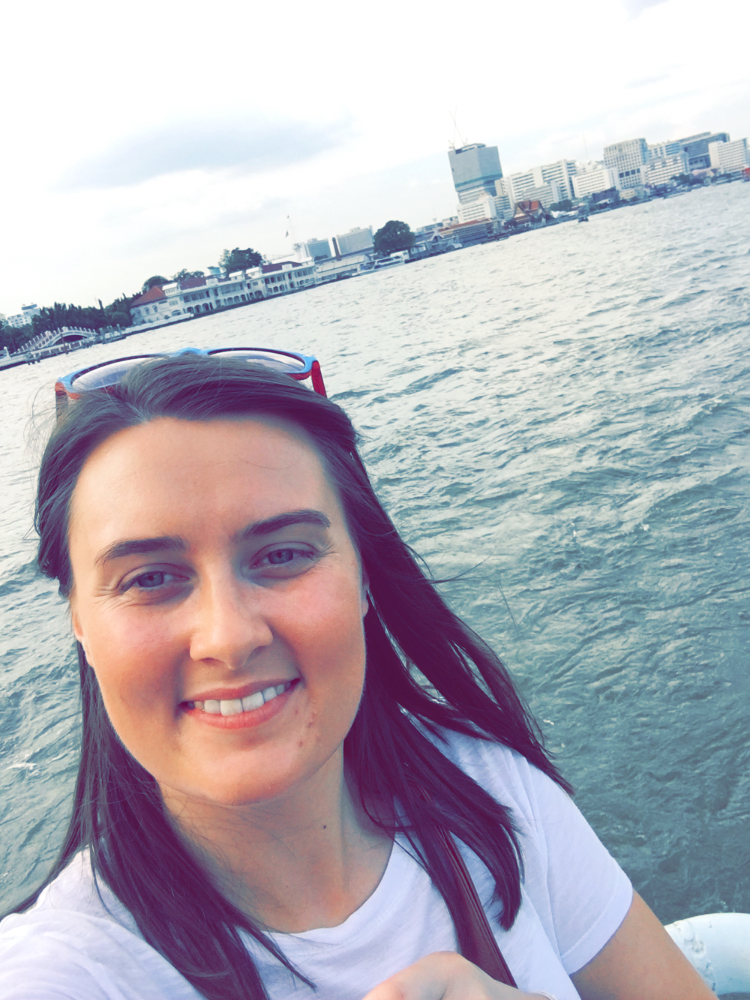
FIRST UP: ORIENTATION
Work Prep
The majority of the schools you’ll be teaching in are in Yangon City, which is located in south Myanmar. Orientation is held here too.
Orientation is the perfect start, easing you into Myanmarese culture and teaching practice. You’ll meet your fellow teachers and mentors—having a strong community is essential for succeeding as an ESL teacher in Myanmar. However, this isn’t a time to slack or goof off with your new friends. Pay close attention as you learn the do’s and don’ts, how the locals work, how they structure classes, and more.
This is the perfect time to ask any lingering questions you have about what to expect from Myanmarese students and expectations in the classroom. You’ll have time to collaborate on lesson planning and even do some practice runs with your new community of teachers. Keep your spirits high because with hard work comes great reward!
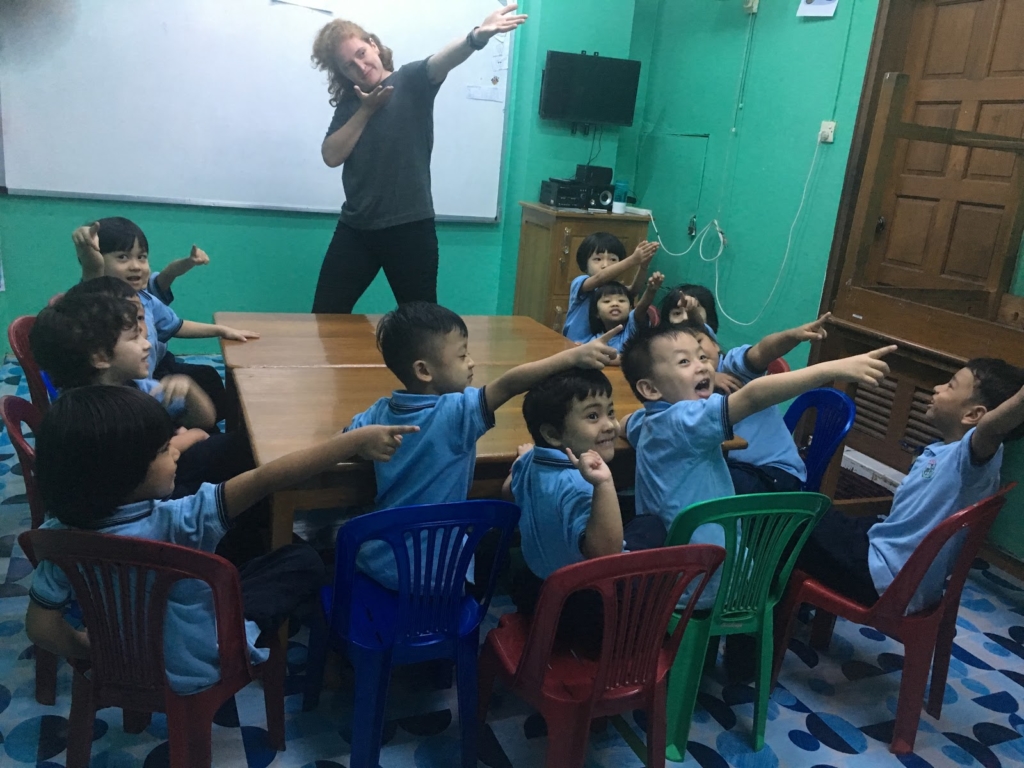
Myanmarese Culture 101
Myanmar is more than pagodas and rambutans. It’s a country of depth, history (2,000+ years!), and—of course—culture. And, as culture often does, Myanmarese culture shows up in some of the oddest places. For instance, according to local astrology, there are eight days, not seven, in a week. Yes, you read that right!
Myanmar is the most religious Buddhist country in the world when measured by 1) the proportion of monks in the population and 2) the proportion of income spent on religion. During your orientation, you’ll be brought to a temple to meet a monk. After a short and interesting presentation, you’ll participate in a healing meditation to help cleanse your mind and get you fully-prepared for teaching English in Myanmar. “You’ll be floating after this,” said Sarah.
The lessons in culture don’t stop there. You’ll learn about traditional clothing (the Longyi for women and Pasu for men). Maybe you’ll even chew Kun-ya, or betel nut! Culture etiquette extends from interactions to the dinner table to even your cell phone and camera use. Pro tip: Stupas and landscapes are fair game for photographing, but people aren’t.
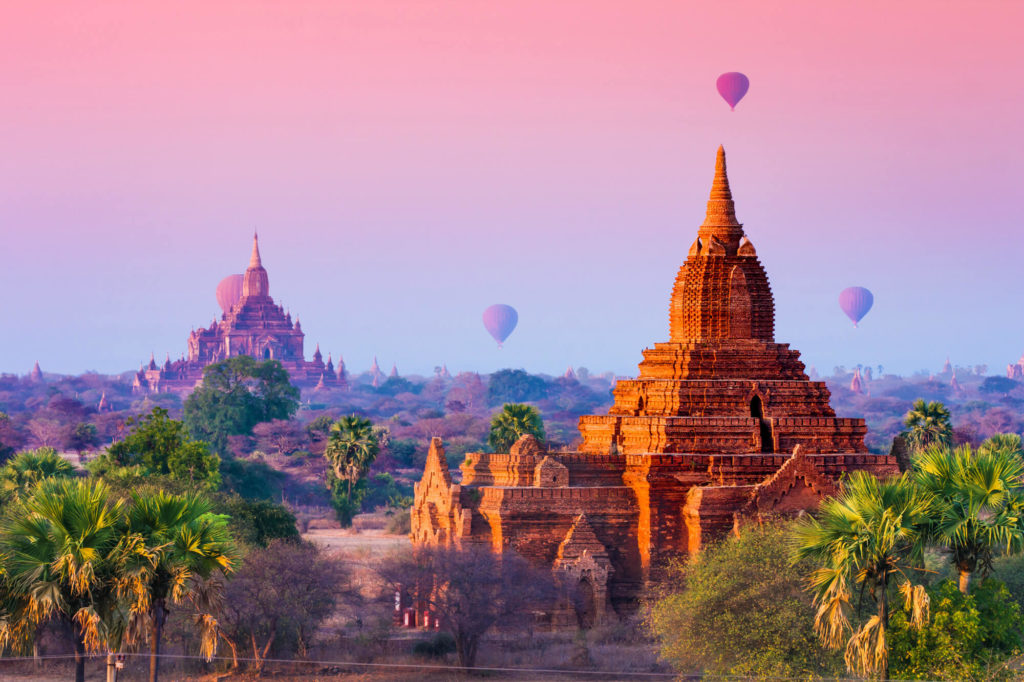
Get Situated
Find your housing, set up your bank account (if needed), get a SIM card. “You can get awesome deals—I got my SIM card and 2GB of data for only €3.00 / US$3.40 / £2.70!” Figure out where’s the closest spot for groceries and how to use the Yangon Bus Service. Luckily, your internship advisors and resident staff will be able to walk you through any tricky processes. They know the systems like the back of their hands!
You’ll learn about your new currency, the Kyat (pronounced “cat”—meow!). Start bargaining for goods and services, even taxi rides, as you get to know the costs of daily items in your new city.
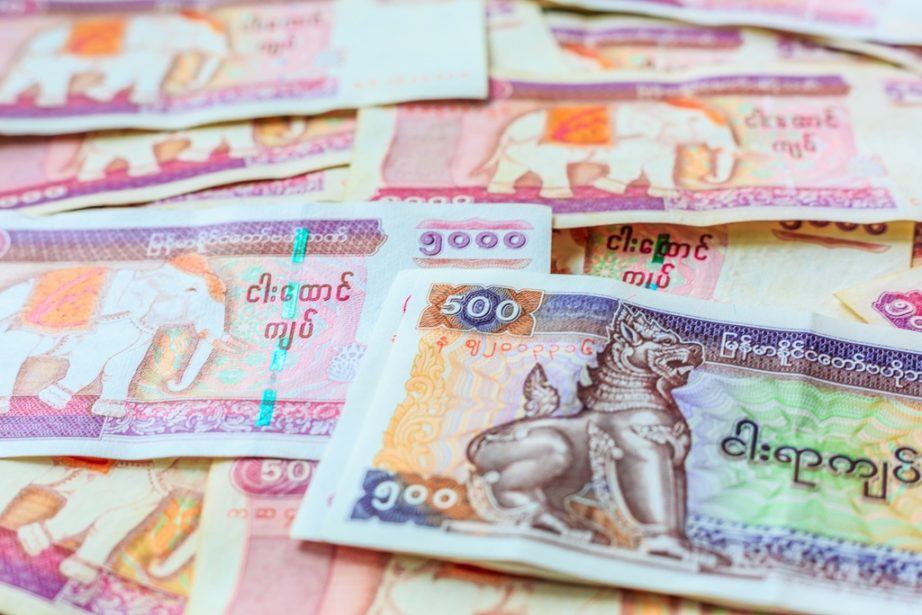
Explore Yangon
Orientation isn’t only a time to psych yourself up for your first big day in the classroom. It’s also a great time for you to explore, visit major sights in the city, nibble on new dishes and treats, and laugh and talk with your new crew. While your daytime schedules will be busy, there will still be time carved out for personal explorations and quiet time (hat tip introverts!).
Start writing out your bucket list: Inle Lake, Shwedagon Pagoda, Kyaiktiyo Pagoda, Mount Popa. See who in your group is game for the adventures you want to take and get these trips scheduled on the calendar stat! Hit the ground running to make the most of your time while teaching in Myanmar.
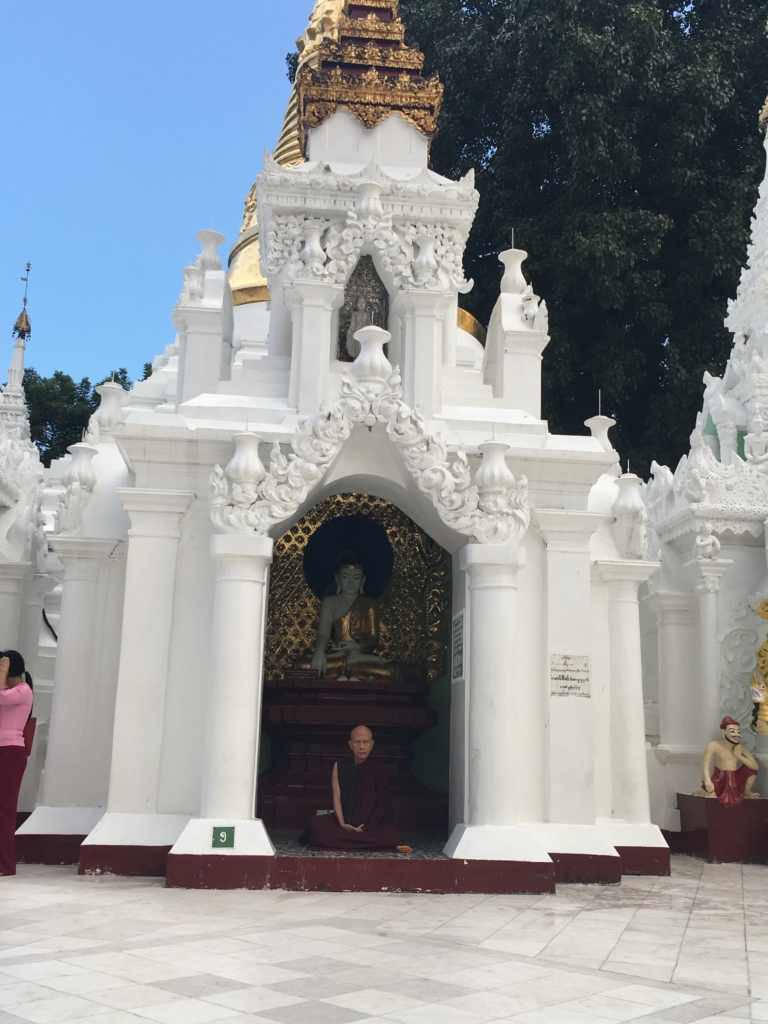
WHAT TO DO IN MYANMAR
Visit the Bogyoke Market
The walking tour through Bogyoke Market is a really great way to find your bearings, get a feel for the local areas, and to experience the lovely market culture. “The smell of the fresh food and spices are amazing,” says Sarah. You’ll love browsing the dazzling trinkets and souvenirs that you can pick up.
“Myanmar is very famous for their Jade and Rubies, so you’ll see lots of jewelry on your travels through Myanmar!” shares Sarah.
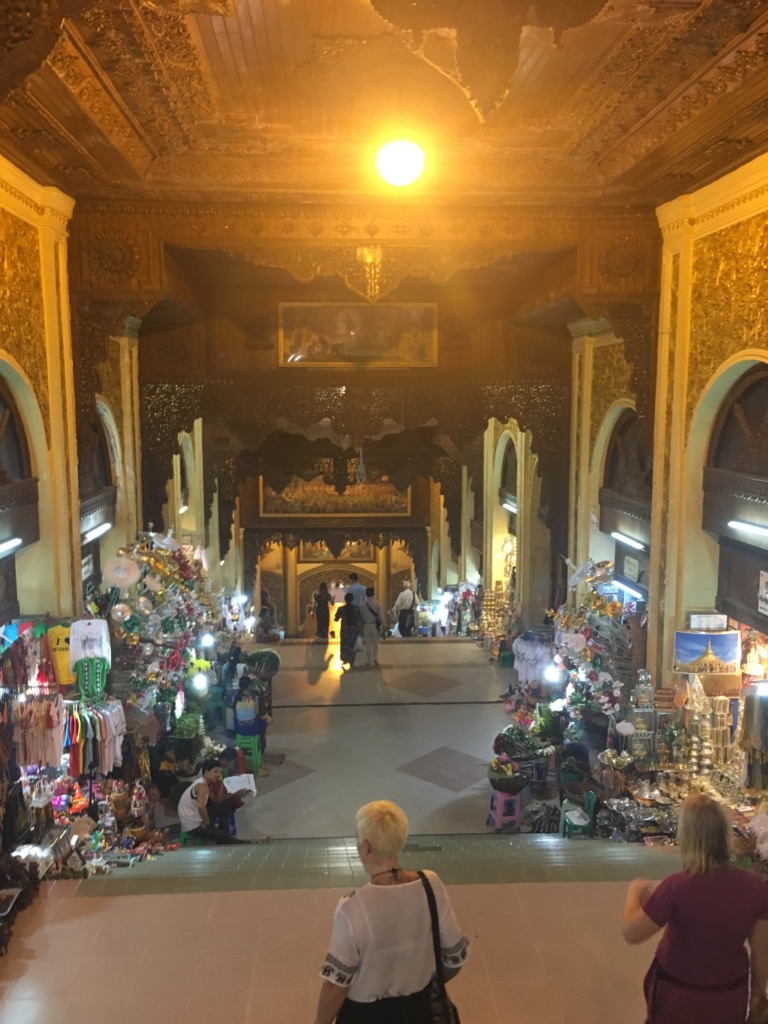
Want a shopping experience that’s a little more modern and familiar? Across the road from the Bogyoke Market, you’ll find an ultra-modern shopping mall called Junction City. Sarah was hooked: “In here, I felt like I could of been anywhere else in the world. It has all the clothes shops, cinema, and food court.” This can be a nice respite if feelings of homesickness are circling!
Leithwei Boxing Club
Did you know that boxing matches are integral to Myanmarese culture?! Awesome! Come watch feats of strength and cheer on the good guys at the Leithwei Boxing Club. “I hope you’re feeling energetic when you go here! You get to see a professional, intense boxing match—amazing to watch!”
Time to start pumping iron yourself, eh?
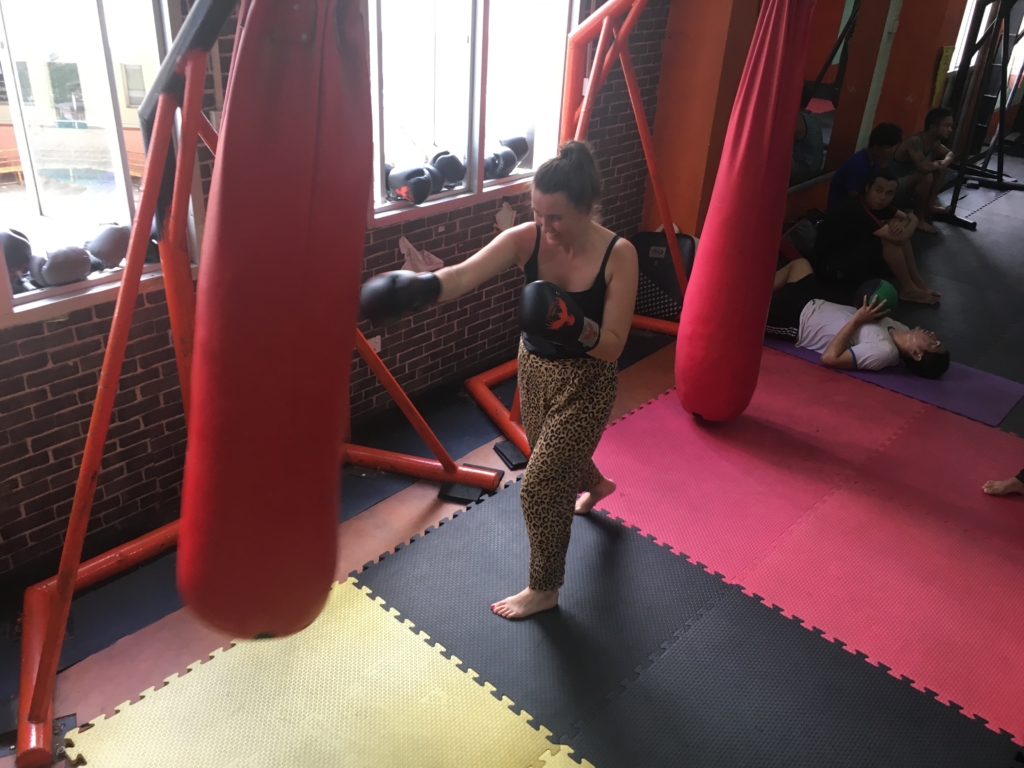
Shwedagon Pagoda
This Golden Pagoda dominates the Yangon skyline. You’ll be dying to visit from the moment you first lay eyes on it!
“Visitors must remove their shoes before the first step at any of the entrances with wide gradual staircases. Stay out of the ways of the locals who are mid-worship. The Myanmarese walk around the temple clockwise before visiting their planetary post. Here, devotees offer flowers and prayer flags and pour water on the image with a prayer and a wish to their unique Buddha image,” details Sarah.
There’s a unique planetary post, comprised of a buddha and a sacred animal, for each day of the week—yours is determined by the day of your birth.’I was born on a Thursday and my sacred animal is a guinea pig’ Sarah tell us. Have a blast wandering, paying respects, and learning your own planetary post as you observe the locals in these interesting rituals. Just remember what we said about what you should/should not photograph!
Sarah goes on: “People usually visit here at sunrise or sunset. It’s so peaceful to walk around and see people praying and meditating—absolutely worth it.”
Eat All the Things
Who doesn’t love to explore by-way of the belly?! Myanmar is no different, with tantalizing new foods to try like fish sauce and ngapi (fish paste), salads, lahpet-taw (pickled tea leaves), rice noodles, glass noodles, pickled mango, kaffir lime, and more.
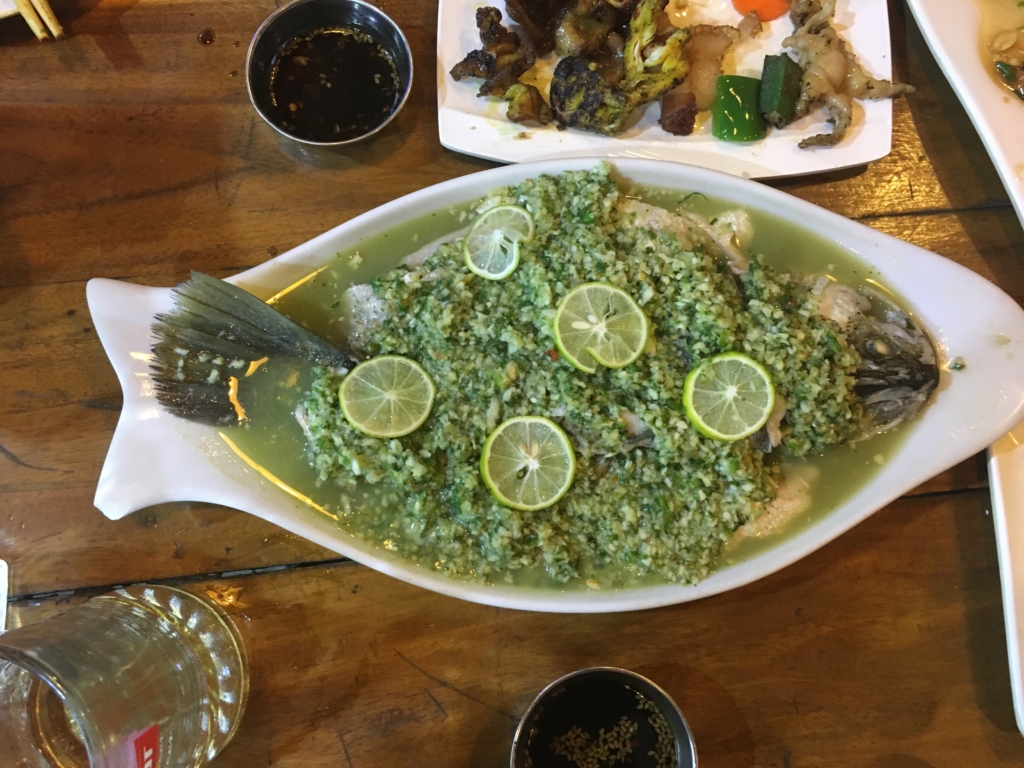
Pro tip: Ask for less oil—especially since you’re not on holiday and will be eating here for awhile!
Food is eaten family-style, with plenty of small dishes ordered for the group to share. Traditionally, Myanmarese eat their meals from dishes on a low table, while sitting on a bamboo mat. If you want to get the really good stuff, we recommend showing up at the local markets right around 12—they’ll sell out of fresh food before too long!
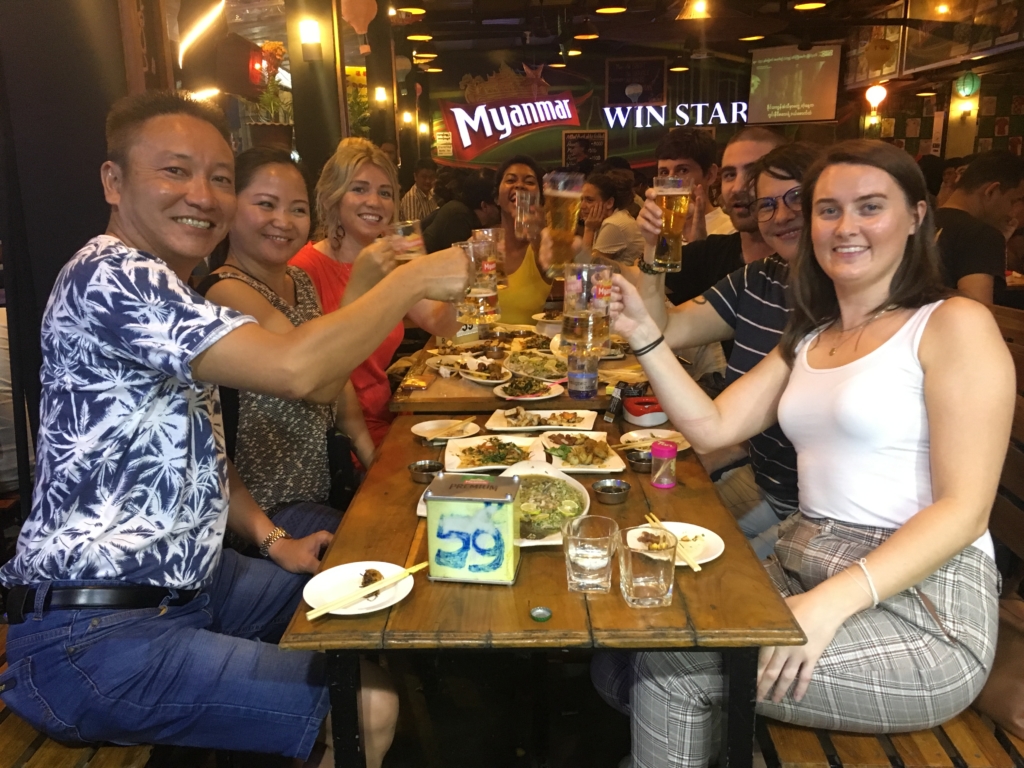
Vegetarians will have happy tummies but vegans might have a tougher go of it (since many dishes include a seafood base). Keep your eyes peeled for dishes with influences from flavor-powered neighbors like China and India!
WHAT YOUR SCHOOL WILL BE LIKE
The Students
“When I went to visit the schools in Yangon, the students were so inquisitive as to who I was and where I was from. The kids were super cute and interactive,” shares Sarah. Students are eager to learn English and are well-disciplined to separate work and play. Interactive lessons focused on conversational English work best with TEFL teachers in Myanmar.
One thing that often surprises new teachers? The prevalence of thanakha designs on student faces, which is a yellowish paste made from ground tree bark. It’s used as a sunblock and also has aesthetic qualities. Both ritual and remedy, thanakha cools the skin, prevents sun damage, clears up acne, and can reduce fevers and headaches. (Where can we get some?) 😉
The Schools
The schools are really impressive. They’re central and well equipped with facilities like libraries, play areas, and even computer rooms in some cases. As hospitality is highly valued in Myanmar society, you can expect a warm welcome from the school principal and your new co-teachers.
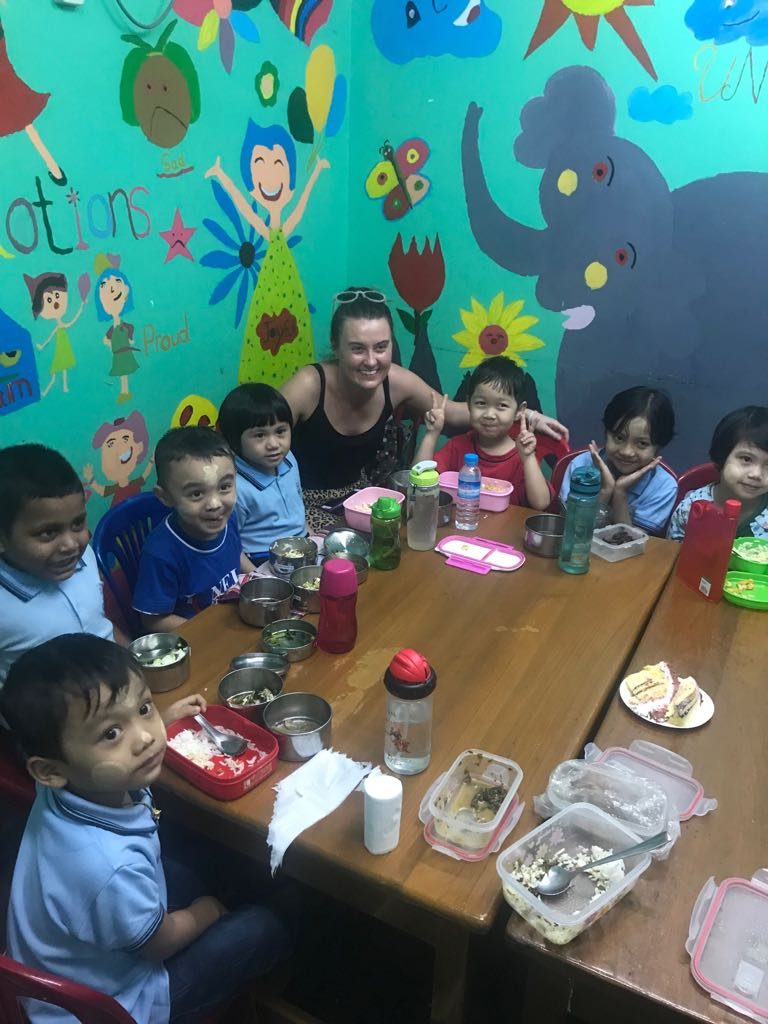
The holiday dates you will have off vary year to year, but you can roughly count on having 13 public holidays to celebrate annually. Our favorite is the Myanmar New Year off (it’s a five day festival held in April!). You will also have days off for holidays like the Water Festival, which is when they splash water on one another to cleanse the sins of the past year (“This is a great time to travel as you can get soaked walking down the street!” cautions Sarah).
Thank you Sarah for your story! Find out more amazing stories here.

